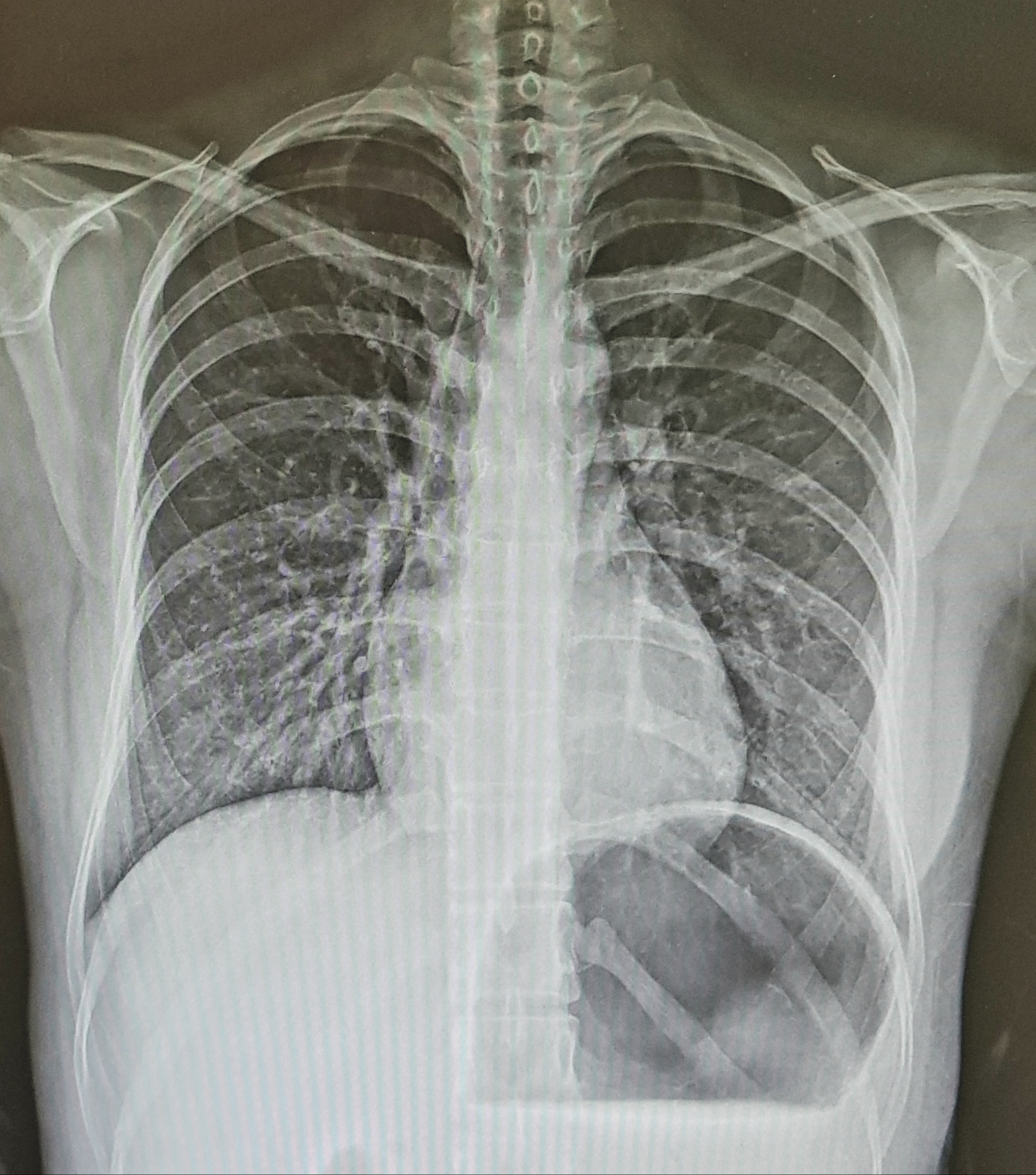| 일 | 월 | 화 | 수 | 목 | 금 | 토 |
|---|---|---|---|---|---|---|
| 1 | 2 | 3 | 4 | 5 | 6 | 7 |
| 8 | 9 | 10 | 11 | 12 | 13 | 14 |
| 15 | 16 | 17 | 18 | 19 | 20 | 21 |
| 22 | 23 | 24 | 25 | 26 | 27 | 28 |
| 29 | 30 |
- T2 이완
- MRI image parameters
- slice gap
- saturation band
- 자기공명혈관조영술
- T1강조영상
- MRA
- no phase wrap
- 사전포화펄스
- aliasing artifact
- K-space
- TR TE
- wrap around artifact
- ECG gating
- fractional echo
- MRI gantry
- 방사선사나라
- saturation pulse
- chemical shift artifact
- radiographer nara
- tof
- FSE
- MR angiography
- T1WI
- MRI 영상변수
- T2강조영상
- fast spin echo
- receive bandwidth
- 동위상 탈위상
- T2WI
- Today
- Total
방사선사나라 Radiographer Nara
(영/한) What is the MRI? (advantages and disadvantages) - 자기공명영상학이란? (장점 및 단점) 본문
(영/한) What is the MRI? (advantages and disadvantages) - 자기공명영상학이란? (장점 및 단점)
SEONARA 2020. 3. 14. 11:39(영문, 영어, English)
MRI is an abbreviation for magnetic resonance imaging.
It is a non-invasive way to view organs and tissues within the body.
MRI uses a strong magnetic field, radio waves and computing program to create detailed internal images of the body.
We can get cross-sectional image like sagital images, coronal images and axial images of organs, tissues, bones, and other structures inside the body.
It takes about 30 min (average in Korea) but sometimes more than 1 hour.
Before you start MRI scan, you should ask the patient to remove ant metal things.
As MRI uses a strong magnetic field, it's very critical that there is no metal in the MRI room.
MRI has some benefits and some disadvantages.
Advantages of MRI
1. MRI is non-invasive and doesn't use radiation (It means it's less harmful.)
2. MRI contrasting agent is less likely to produce an allergic reaction.
3. MRI gives extremely clear, detailed images of soft tissue structures that other imaging techniques achieve.
Disadvantages of MRI
1. It takes long time so it is difficult (for especailly children) not to move during the MR.
2. It is expensive.
3. The patient must remain still an enclosed machine, which may be a problem for claustrophobic patients.
4. An metal implant we can not remove because it's in a patient's body may make some distortion of images.

by radiographer nara
(국문, 국어, Korean)
MRI는 자기공명영상학의 약자다.
이는 비침습적인 방법으로 인간의 장기와 조직의 이미지를 보여준다.
MRI는 강한 자기장과 라디오 주파수, 컴퓨터 프로그램을 이용하여 인체 내의 구체적인 이미지를 제공한다.
우리는 인체 내의 조직과 장기, 뼈, 다른 구조물 등의 이미지를 시상면, 관상면, 축면과 같이 여러 섹션으로 얻을 수 있다.
MRI 검사 시간은 한국에서 평균적으로 30분이 걸리지만 가끔 1시간 이상 걸리는 검사도 있다.
MRI 검사를 시작하기 전에, 환자에게 금속물질이 있는지 물어봐야 한다.
MRI는 강자장을 이용하기 때문에 검사실에 금속이 들어가지 않게 하는 건 매우 중요하다.
MRI는 몇몇 장단점이 있다.
MRI의 장점
1. 비침습적이고 우리가 일반적으로 알고 있는 방사선을 이용하지 않는다.
이는 MRI는 비교적 덜 위험하다는 의미이다.
2. MRI 조영제는 알러지 반응이 적은 편이다. (CT에 비해서)
3. MRI는 다른 영상에 비해 명확하고 자세한 조직 영상을 얻을 수 있다.
MRI의 단점
1. 비교적 긴 검사시간으로 아이들이 검사 시간 동안 움직이지 않는 것이 힘들다.
2. 검사 비용이 비싸다.
3. 밀폐된 장비 안에 있어야 하기 때문에 폐쇄공포증이 있는 환자는 검사가 힘들다.
4. 환자 몸안에 있어서 제거하기 힘든 금속인공물은 영상에 왜곡을 만든다.
- 방사선사나라
'자기공명영상 (MRI)' 카테고리의 다른 글
| (영/한) [MRI] T1 relaxation time - 종축이완시간 (0) | 2020.03.28 |
|---|---|
| (영/한) [MRI] What is the relaxation? - 이완이란? (0) | 2020.03.26 |
| (한/영) [MRI] image contrast parameter - MRI 조직대조도 영향인자 (0) | 2020.03.25 |
| (영/한) [MRI] What is the Net magnetization? - 순자화란? (0) | 2020.03.24 |
| (영/한) How do we actually perform MR imaging? - MRI사진 얻는 법 (0) | 2020.03.16 |




